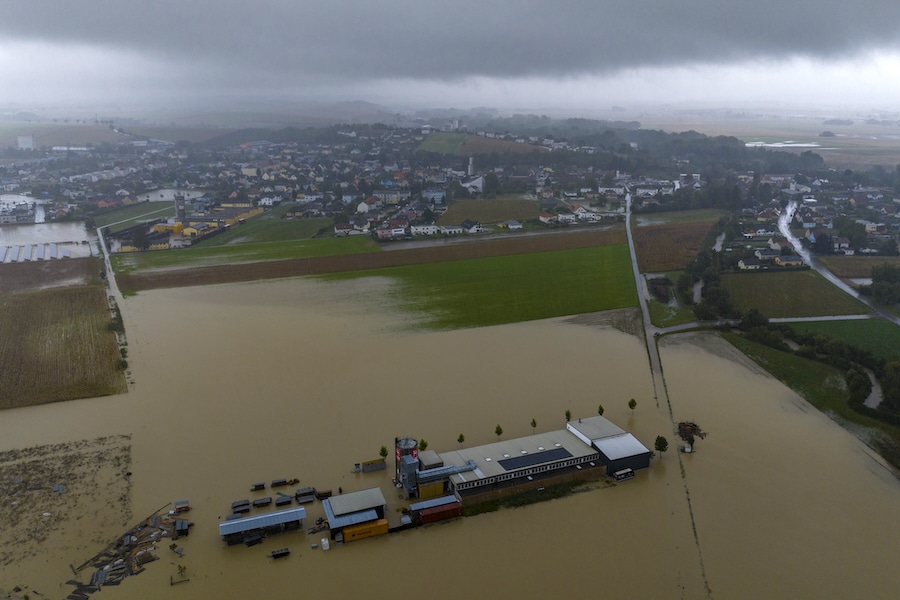
by Komoneed | Sep 20, 2024
Our editors curate highly rated brands that are first assessed by our rigorous ratings system. Buying through our links may earn us a commission—supporting the work we do. Learn more. Minis are flattering and fun—the perfect dress for warmer days. Here’s our guide to brands making more sustainable mini dresses doing better for people, […]
The post Better Brand Edit: 10 More Sustainable Mini Dresses appeared first on Good On You.

by Kate Mothes | Sep 20, 2024
A hungry marine giant was captured by Rafael Fernández Caballero, making him the 2024 Ocean Photographer of the Year.
Do stories and artists like this matter to you? Become a Colossal Member today and support independent arts publishing for as little as $7 per month. The article One Whale of a Meal Wins The 2024 Ocean Photographer of the Year Competition appeared first on Colossal.

by Komoneed | Sep 17, 2024
Flooding from Austria to Romania has killed at least 17 people, with thousands evacuated after days of torrential rain caused rivers to overflow their banks. Downpours from low-pressure system Storm Boris led to some of the most serious flooding in almost three decades across Central and Eastern Europe. Austria, Hungary, Poland and the Czech Republic […]
The post Deadly Flooding in Central and Eastern Europe Wreaks Havoc From Austria to Romania appeared first on EcoWatch.

by Komoneed | Sep 17, 2024
China’s financial hub of Shanghai was hit by Typhoon Bebinca on Monday morning as it made landfall as a Category 1 tropical cyclone. It was the most powerful storm to make a direct hit on the city in over seven decades. The storm packed top wind speeds of 94 miles per hour, the strongest to […]
The post Typhoon Bebinca Makes Landfall in Shanghai as Strongest Tropical Cyclone to Strike City in 75 Years appeared first on EcoWatch.

by Komoneed | Sep 17, 2024
The Benefits of Nature-based Solutions for Adaptation in USAID Programming
Teaser Text
The USAID Climate Adaptation Support Activity (CASA) recently worked with USAID to develop preliminary recommendations to enhance Nature-based Solutions integration in Agency adaptation programming and reporting.
jschoshinski
Tue, 09/17/2024 – 14:09
Publication Date
09/16/2024
Projects
Climate Adaptation Support Activity (CASA)
Sectors
Adaptation
Country
Indonesia
Philippines
Madagascar
Region
Global
Hide Sidebar
Off





